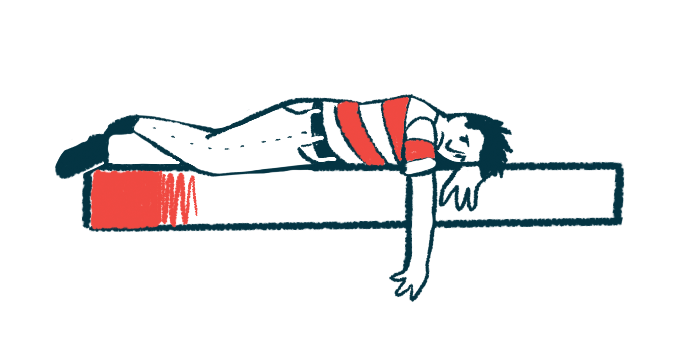Study: Adults With PWS Have Suicidal Thoughts More Often
Written by |

Suicidal thoughts are more frequent in adults with Prader-Willi syndrome (PWS) than in the general population and typically begin in mid-teenage years, according to a study using the Global PWS Registry.
In contrast, youths with PWS appear to have fewer suicidal thoughts than the general population of children and adolescents. Results also showed that being older and male were predictors of suicidal thoughts and attempts.
The study, “Suicidality in individuals with Prader-Willi syndrome: a review of registry survey data” was published in the journal BMC Psychiatry.
Previous research has indicated that people with PWS have more difficulties from severe behavioral problems compared to others with similar levels of intellectual disability. Contrary to prior assumptions, studies have shown that having an intellectual developmental disorder is not protective against suicidal behavior.
Given the high rates of psychiatric disorders and intellectual disability, as well as the emotional, social, and behavioral challenges they face, people with PWS could be at greater risk of suicide. Yet, no study has specifically investigated suicidal thoughts, behaviors, or attempts among this patient population.
“Suicide can be potentially prevented with appropriate screening, identification of risk factors, and additional support for vulnerable individuals. Without insight into the elements associated with suicidality in individuals with PWS, however, effective intervention is challenging,” the scientists wrote.
This study used the Global PWS Registry and obtained a total of 750 respondents, ages 3 and older, who provided information about suicidal thoughts or statements. Among this group, more than half were 6 to 17 years old (55.7%), with 45.3% being 18 and older; females represented 51.3% of the total group, and 48.7% were males.
A total of 94 patients (12.5%) reported having had suicidal thoughts, 25 of whom (3.3% of the total group) attempted suicide. The mean age of the first suicide attempt was 16.25 years.
Comparing to those without suicidal thoughts, patients who reported such thoughts were significantly older (mostly 22 and older) and primarily male. Suicidal thoughts were more common in people 22 and older versus patients 6 to 21 (22.8% vs. 7.7%); suicide attempts were reported by 6.8% of the older group and 2.9% of patients ages 13 to 21.
Statistical analysis showed that both age and sex were statistically significant predictors for reported suicidal thoughts and attempts.
There was no difference in regards to race, ethnicity, genetic subtype, or body mass index (a measure of body fat) between patients with or without suicidal thoughts.
Most of the reporting was done by parents of the individuals with PWS. Those who did not report suicidal thoughts were more likely to be living with their survey respondent.
Participants who reported suicidal thoughts were more likely to be neither employed nor in school, whereas patients reporting no suicidal thoughts were more likely to be in school.
In addition, aggressive behavior and tantrums were significantly more frequent in the PWS patients who reported suicidal thoughts as compared to those who did not. Psychiatric conditions also were more common in the group reporting such thoughts, along with more hospitalizations, and more frequent treatment with behavioral therapies, psychotherapy, and all medication categories except stimulants and atomoxetine (used to treat attention deficit hyperactivity disorder).
“Notably in this study, adults with PWS have a higher prevalence of SI [suicidal ideation, or thoughts] (22.8%) compared to rates in the general adult population, whereas youths with PWS appear to have lower rates of SI (7.7%) compared to the general population of children and adolescents,” the investigators wrote.
Results also revealed that “suicide attempts in PWS typically begin in middle-teenage years,” they added.
“Despite unique challenges, individuals with PWS and their caregivers should be included in screens and psychoeducation for suicide and mental health concerns,” the team wrote.
According to the scientists, limitations of the study included having data reported primarily by caregivers rather than directly by the patients. Also, it was collected from a community database, rather than points of medical care.
Overall, the study findings need to be confirmed in further studies, the team noted.






